Home>Technology>Smart Home Devices>How Long Should A Printer Last
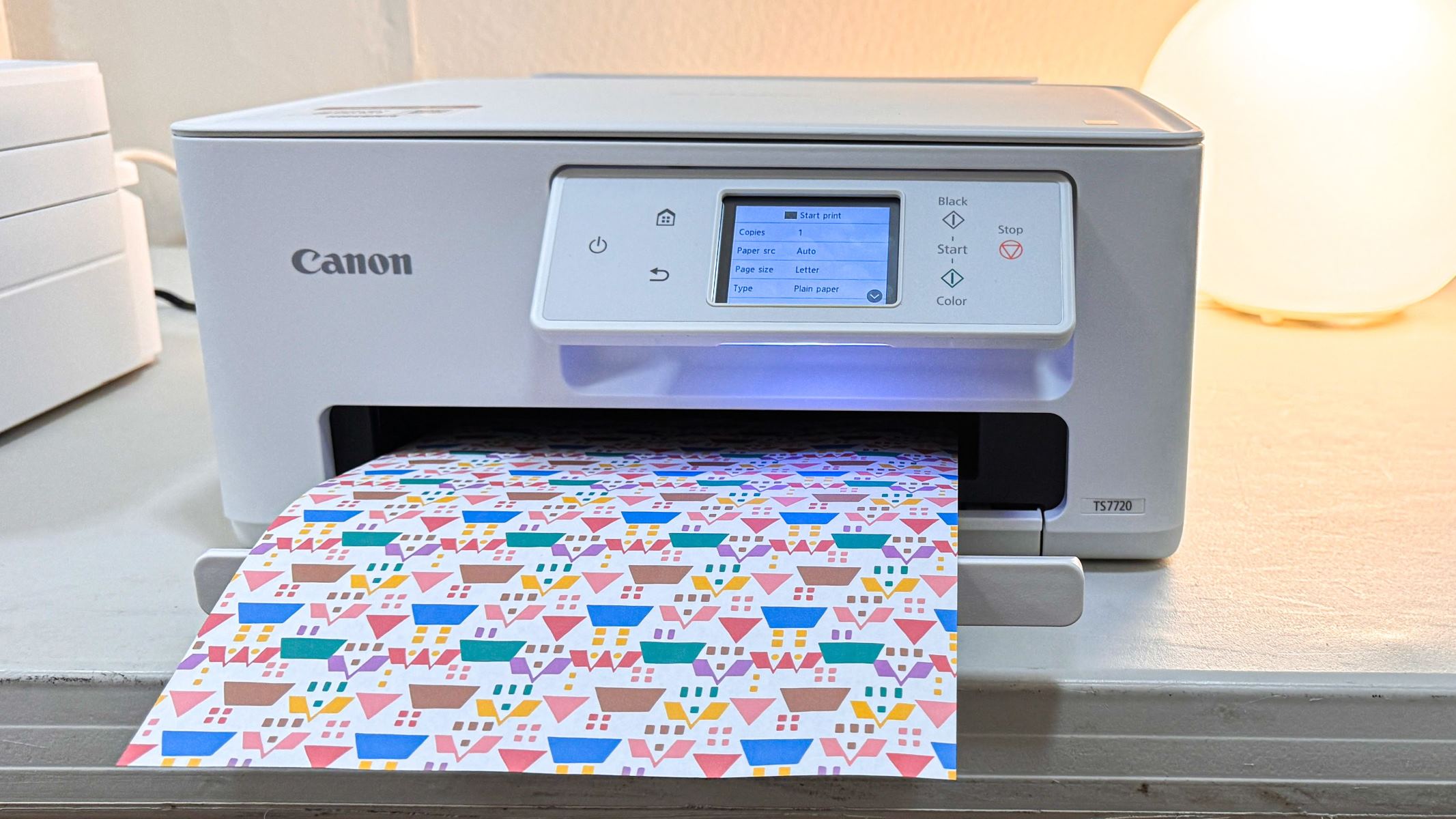

Smart Home Devices
How Long Should A Printer Last
Modified: August 28, 2024
Learn about the longevity of smart home devices like printers. Discover how long you can expect a printer to last and factors that affect its lifespan.
(Many of the links in this article redirect to a specific reviewed product. Your purchase of these products through affiliate links helps to generate commission for Storables.com, at no extra cost. Learn more)
Introduction
Introduction
Printers have become an indispensable part of our daily lives, serving as essential tools for both personal and professional use. Whether it's producing documents, photos, or creative projects, a reliable printer is a valuable asset. However, the longevity of a printer can vary significantly depending on several factors. Understanding the lifespan of a printer and how to maximize its durability is crucial for making informed purchasing decisions and optimizing long-term functionality.
In this comprehensive guide, we will delve into the factors that influence the lifespan of printers, explore the average longevity of different printer types, and provide practical tips for extending the lifespan of your printer. By gaining insight into these aspects, you can make informed choices when selecting a printer and ensure that your investment continues to deliver exceptional performance for years to come. Let's embark on this insightful journey to uncover the secrets of maximizing the lifespan of your printer.
Factors Affecting Printer Lifespan
Key Takeaways:
- Printers can last longer with proper care and maintenance. Factors like usage frequency, print volume, and environmental conditions impact their lifespan. Understanding these factors can help users make informed decisions.
- Inkjet, laser, and thermal printers have different lifespans. Regular cleaning, using quality consumables, and mindful usage practices can extend a printer’s lifespan. Proactive care is key to reliable performance.
Read more: How Long Should Pillows Last
Factors Affecting Printer Lifespan
The lifespan of a printer is influenced by a multitude of factors, ranging from usage patterns to maintenance practices. Understanding these factors is essential for optimizing the longevity of your printer and ensuring consistent performance over time.
- Usage Frequency: The frequency of printer usage significantly impacts its lifespan. Printers that are used extensively may experience wear and tear at a faster rate compared to those used sparingly. Heavy usage can lead to mechanical strain and component deterioration, potentially shortening the printer’s lifespan.
- Print Volume: The volume of prints produced by a printer is a key determinant of its longevity. High-volume printing places greater stress on the internal mechanisms and consumable components, such as ink cartridges and toner drums. Printers designed for low to moderate print volumes may exhibit reduced lifespan when subjected to continuous high-volume printing.
- Maintenance and Care: Proper maintenance and regular care play a crucial role in extending a printer’s lifespan. Routine cleaning, timely replacement of consumables, and adherence to manufacturer-recommended maintenance procedures can mitigate premature wear and ensure optimal functionality. Neglecting maintenance can lead to performance issues and premature failure.
- Environmental Conditions: The operating environment of a printer can impact its longevity. Exposure to excessive dust, high humidity, extreme temperatures, and direct sunlight can accelerate wear and affect the performance of internal components. Maintaining a clean and suitable environment for the printer is essential for preserving its lifespan.
- Quality of Materials: The quality of materials used in the construction of a printer directly influences its durability. Printers constructed with high-grade components and robust chassis are likely to have a longer lifespan compared to those made with inferior materials. Investing in a printer with durable construction can contribute to prolonged functionality.
By considering these factors and taking proactive measures to address them, users can optimize the lifespan of their printers and minimize the risk of premature malfunctions or failures. In the following sections, we will explore the average lifespans of different printer types and provide valuable insights into extending the longevity of your printer.
Average Lifespan of Different Printer Types
When evaluating the lifespan of printers, it’s essential to consider the distinct characteristics and operational mechanisms of various printer types. Each printer category, including inkjet, laser, and thermal printers, exhibits unique longevity factors and maintenance requirements that influence their overall lifespan.
- Inkjet Printers: Inkjet printers are renowned for their versatility and ability to produce high-quality color prints. The average lifespan of an inkjet printer typically ranges from 3 to 5 years with regular use and proper maintenance. Factors such as print volume, ink quality, and environmental conditions can impact the longevity of inkjet printers. Additionally, the frequency of print head cleanings and cartridge replacements can affect the overall lifespan of these printers.
- Laser Printers: Laser printers are known for their efficiency in handling high-volume printing tasks and delivering crisp, monochrome prints. On average, a well-maintained laser printer can last between 5 to 7 years. The longevity of laser printers is influenced by factors such as toner quality, fuser unit maintenance, and the avoidance of paper jams. Regular cleaning and timely replacement of consumables contribute to prolonged functionality.
- Thermal Printers: Thermal printers, commonly used for specialized applications such as barcode and receipt printing, have an average lifespan of 5 to 8 years. These printers rely on thermal printheads and specialized thermal paper, and their longevity is influenced by the quality of thermal media used, printhead maintenance, and operational conditions. Proper handling and maintenance of thermal printers can significantly extend their lifespan.
It’s important to note that the average lifespans mentioned above are based on typical usage scenarios and standard maintenance practices. Individual experiences may vary based on usage patterns, environmental factors, and adherence to recommended maintenance guidelines. By understanding the average lifespans of different printer types, users can make informed decisions when selecting a printer and implement strategies to maximize its longevity.
Next, we will explore effective ways to extend the lifespan of printers, offering practical tips to help users optimize the durability and performance of their printing devices.
Regular maintenance and proper care can help extend the lifespan of a printer. On average, a well-maintained printer can last 5-7 years.
Ways to Extend Printer Lifespan
Maximizing the lifespan of a printer involves proactive maintenance, thoughtful usage practices, and adherence to manufacturer recommendations. By implementing the following strategies, users can optimize the durability and functionality of their printers, ensuring prolonged service and reliable performance.
- Regular Cleaning: Periodic cleaning of the printer’s exterior and interior components helps prevent the accumulation of dust, debris, and ink residue. Use lint-free cloths and manufacturer-approved cleaning solutions to gently wipe the exterior surfaces and remove any buildup. Additionally, scheduled cleaning of internal components, such as print heads and paper feed mechanisms, can prevent performance issues and extend the printer’s lifespan.
- Quality Consumables: Utilizing high-quality ink cartridges, toner, and printing media can significantly impact the longevity of a printer. Genuine manufacturer-approved consumables are designed to work seamlessly with the printer, minimizing the risk of damage and ensuring consistent print quality. Avoiding substandard or incompatible consumables can safeguard the internal components and prolong the printer’s lifespan.
- Optimal Usage: Practicing mindful printing habits, such as avoiding excessive force when loading paper, using the appropriate print settings for different media types, and minimizing unnecessary print jobs, can contribute to the longevity of the printer. By using the printer in accordance with recommended guidelines and avoiding unnecessary strain on its mechanisms, users can minimize wear and extend its lifespan.
- Timely Maintenance: Adhering to the manufacturer’s recommended maintenance schedule is crucial for preserving the printer’s functionality. This includes regular replacement of consumables, such as ink cartridges and toner, as well as addressing any mechanical issues or error messages promptly. Following prescribed maintenance intervals can prevent premature wear and ensure optimal performance over time.
- Environmental Considerations: Creating an optimal operating environment for the printer is essential for maximizing its lifespan. Shield the printer from direct sunlight, maintain moderate humidity levels, and minimize exposure to dust and debris. Additionally, positioning the printer in a well-ventilated area and avoiding extreme temperature fluctuations can contribute to its long-term functionality.
By incorporating these practices into their printer maintenance routines, users can effectively extend the lifespan of their printers and minimize the risk of premature malfunctions or deterioration. Proactive care and thoughtful usage habits are key to ensuring that the printer continues to deliver reliable performance over an extended period.
As we conclude this guide, it’s evident that by understanding the factors influencing printer lifespan, recognizing the average lifespans of different printer types, and implementing best practices for maintenance and care, users can make informed decisions and optimize the longevity of their printing devices.
Conclusion
In conclusion, the lifespan of a printer is influenced by a myriad of factors, including usage frequency, print volume, maintenance practices, environmental conditions, and the quality of materials. By acknowledging these factors and taking proactive measures to address them, users can optimize the durability and performance of their printers, ensuring prolonged functionality and reliable operation.
Understanding the average lifespans of different printer types provides valuable insights for users seeking to make informed purchasing decisions and implement effective maintenance strategies. Inkjet printers, laser printers, and thermal printers each exhibit distinct longevity characteristics, and by recognizing these distinctions, users can tailor their maintenance approaches to maximize the lifespan of their specific printer type.
Moreover, the implementation of practical strategies to extend printer lifespan, such as regular cleaning, the use of quality consumables, mindful usage practices, timely maintenance, and creating an optimal operating environment, empowers users to safeguard their investment and derive prolonged value from their printing devices.
By integrating these best practices into their printer care routines, users can mitigate the risk of premature malfunctions, component deterioration, and performance issues, ultimately ensuring that their printers continue to deliver exceptional results over an extended period.
As technology continues to evolve, advancements in printer design and engineering may further enhance the longevity of future printer models. However, the fundamental principles of proactive maintenance and thoughtful usage habits will remain integral to preserving the lifespan of printers and optimizing their performance.
In essence, by embracing a holistic approach to printer maintenance, users can unlock the full potential of their printers, enjoying consistent functionality and reliable output for years to come.
With a comprehensive understanding of the factors influencing printer lifespan, the average lifespans of different printer types, and effective strategies for extending printer longevity, users are empowered to make informed decisions and nurture the long-term functionality of their printing devices.
Frequently Asked Questions about How Long Should A Printer Last
Was this page helpful?
At Storables.com, we guarantee accurate and reliable information. Our content, validated by Expert Board Contributors, is crafted following stringent Editorial Policies. We're committed to providing you with well-researched, expert-backed insights for all your informational needs.

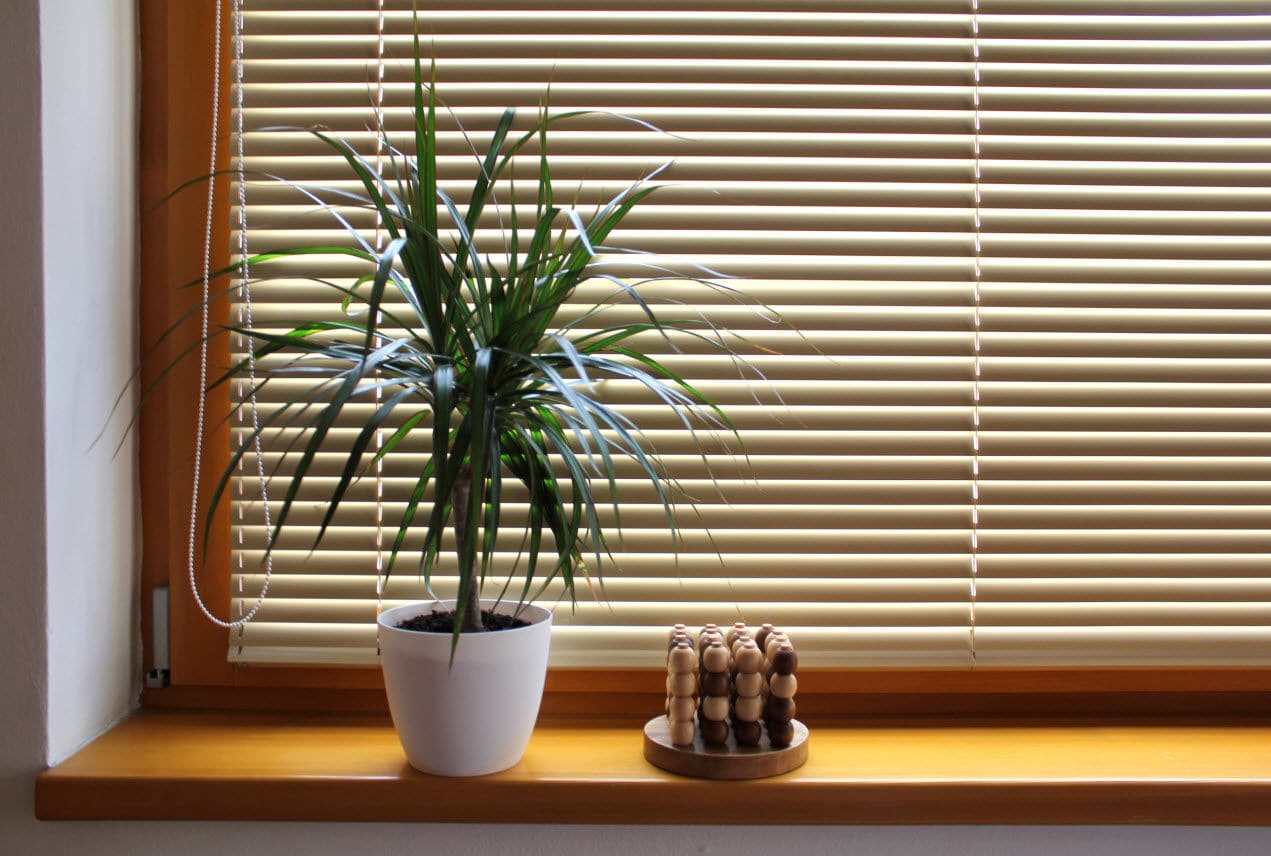
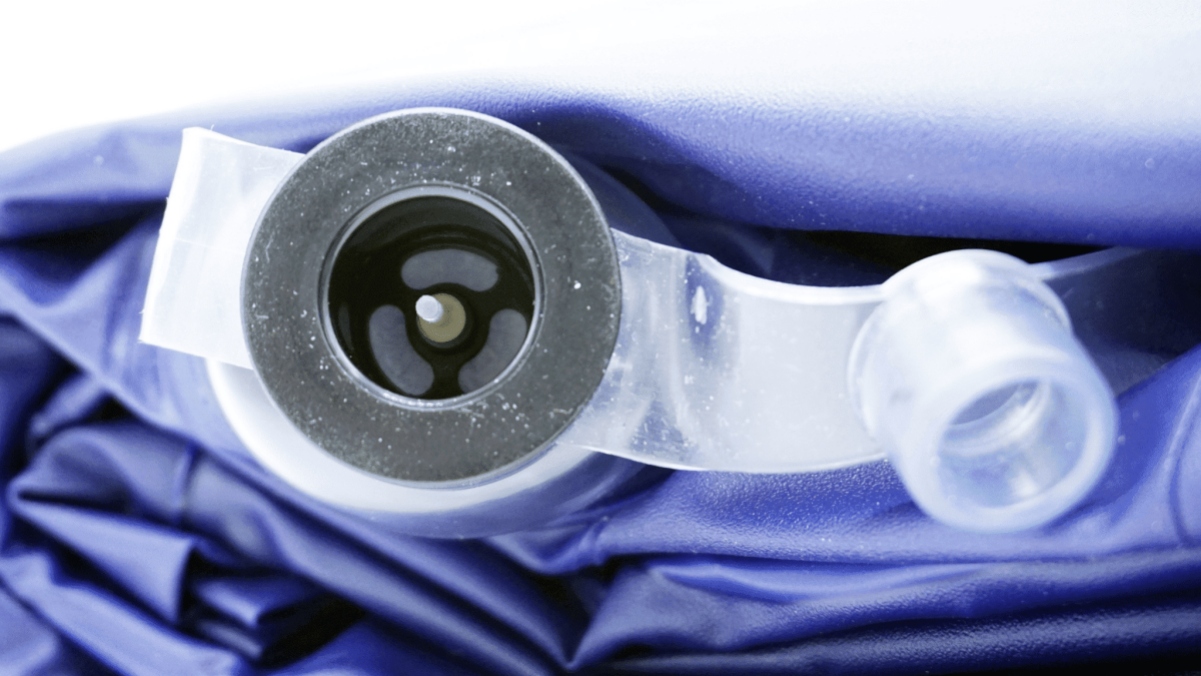



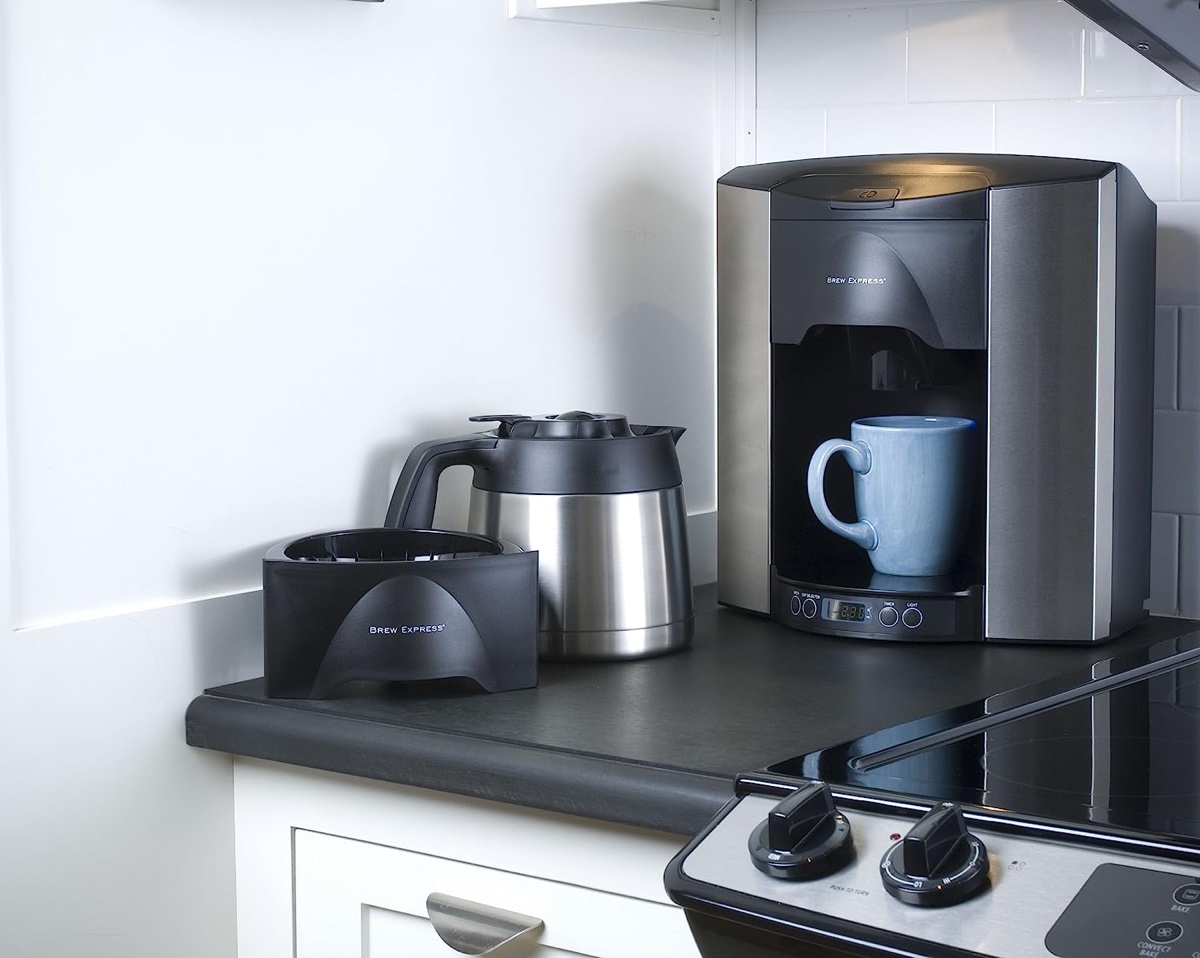
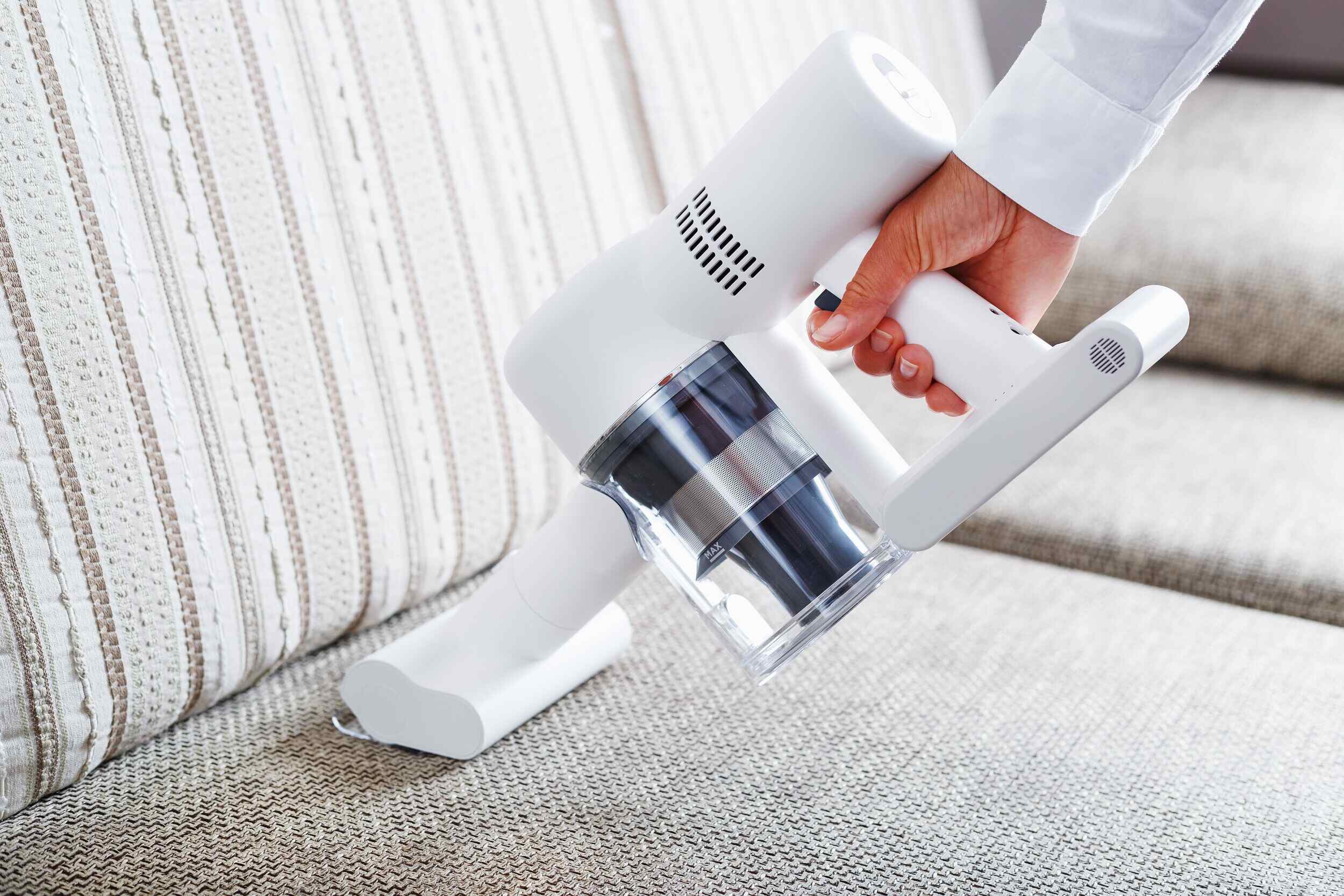
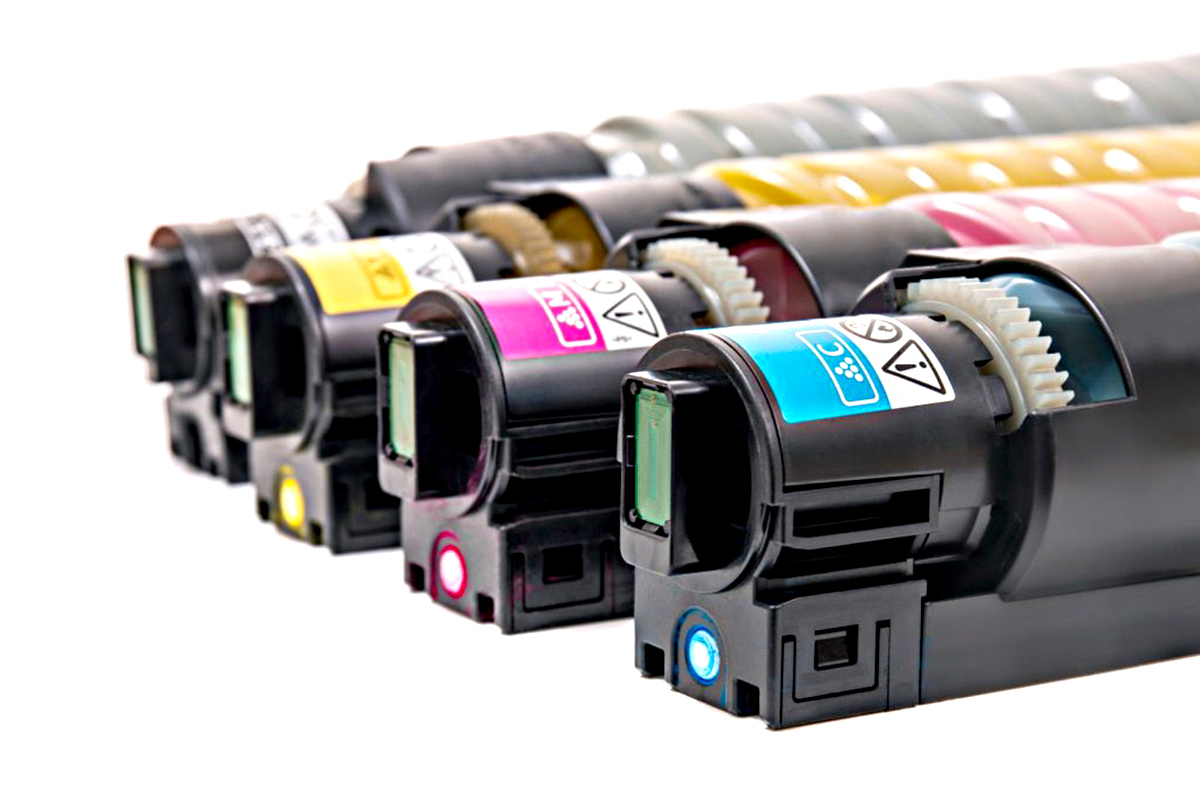
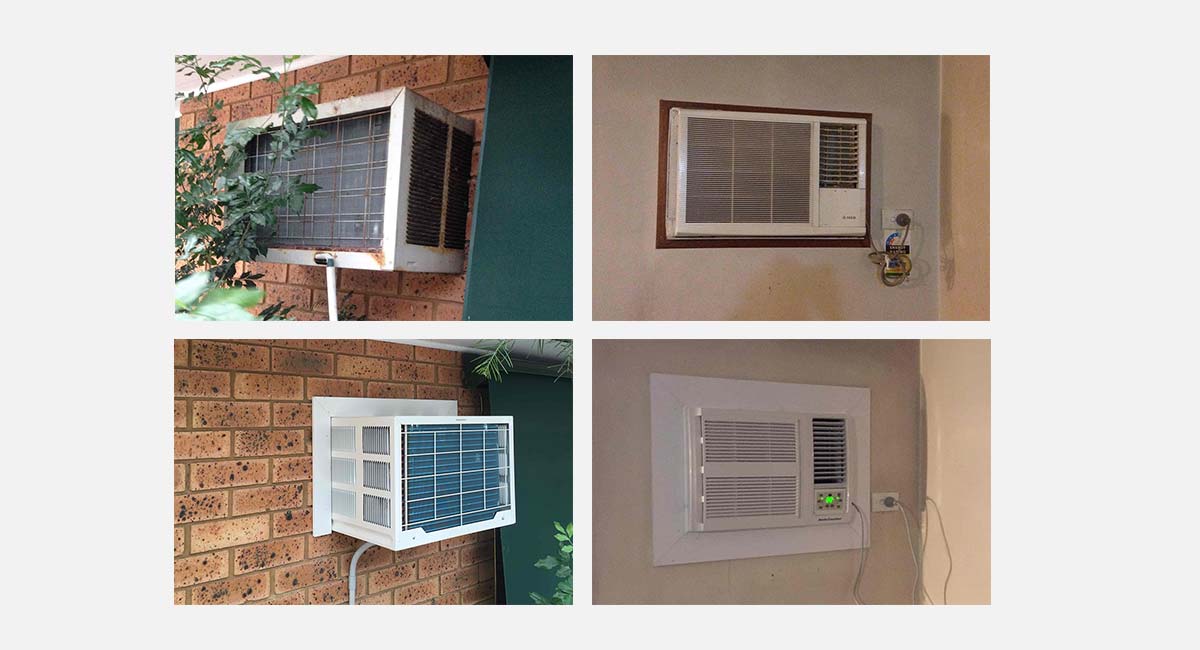

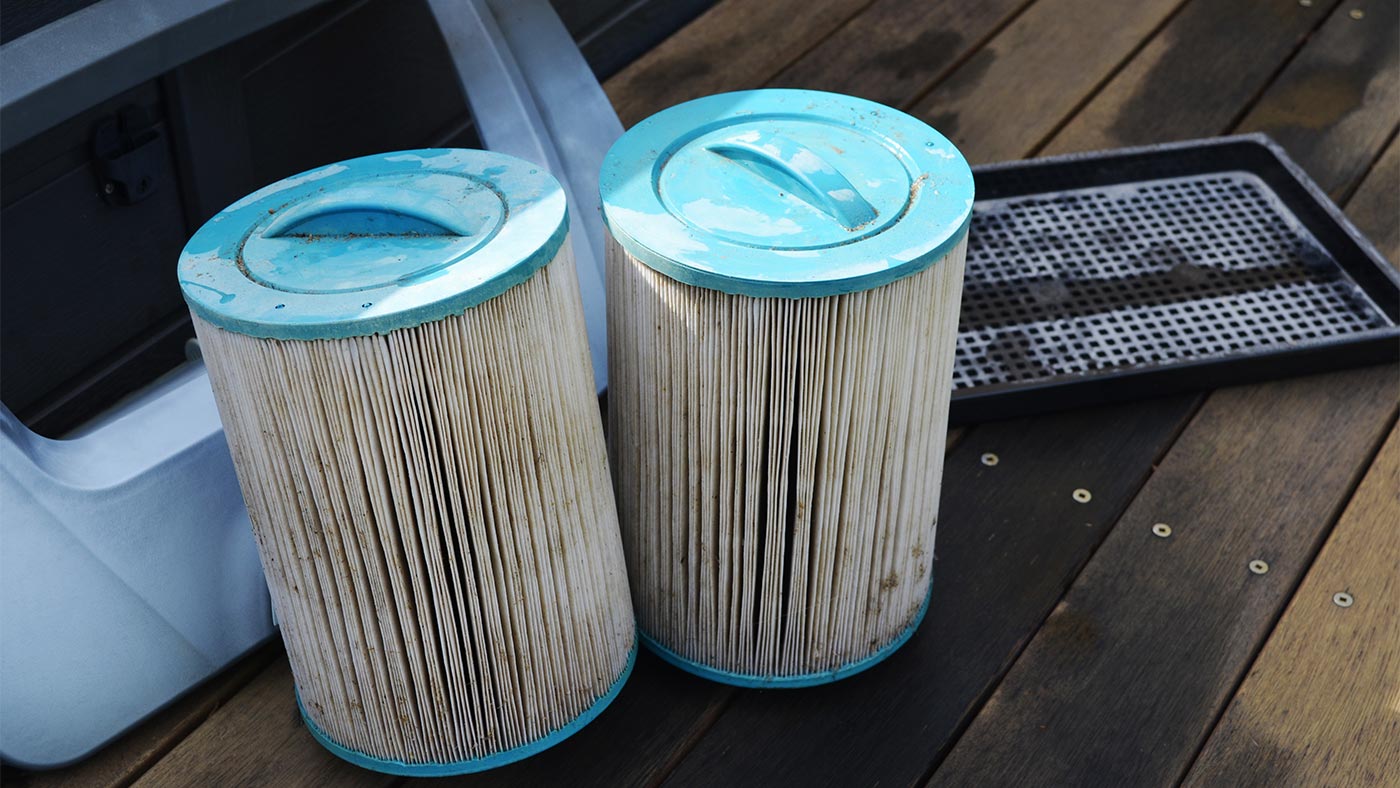

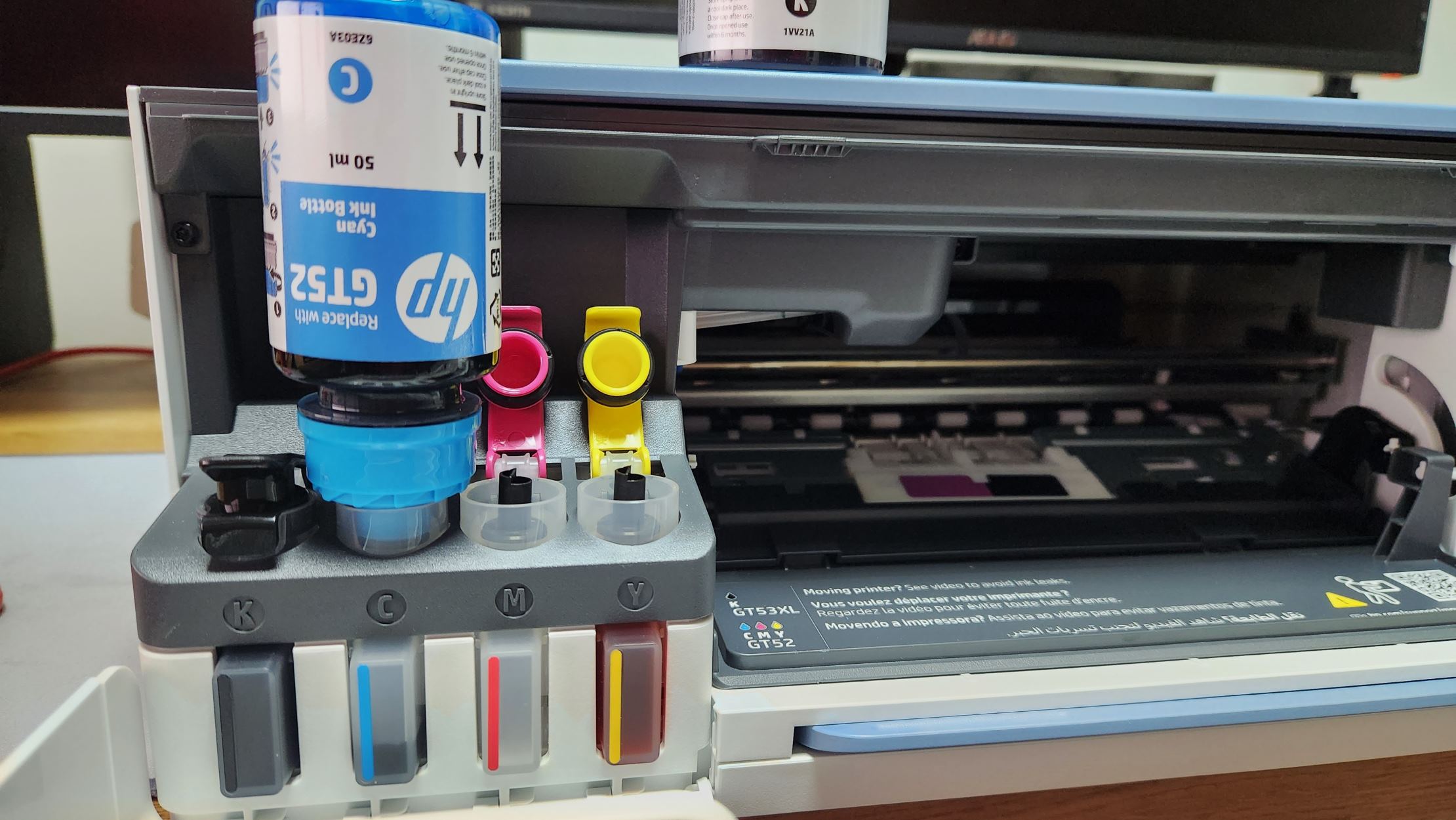
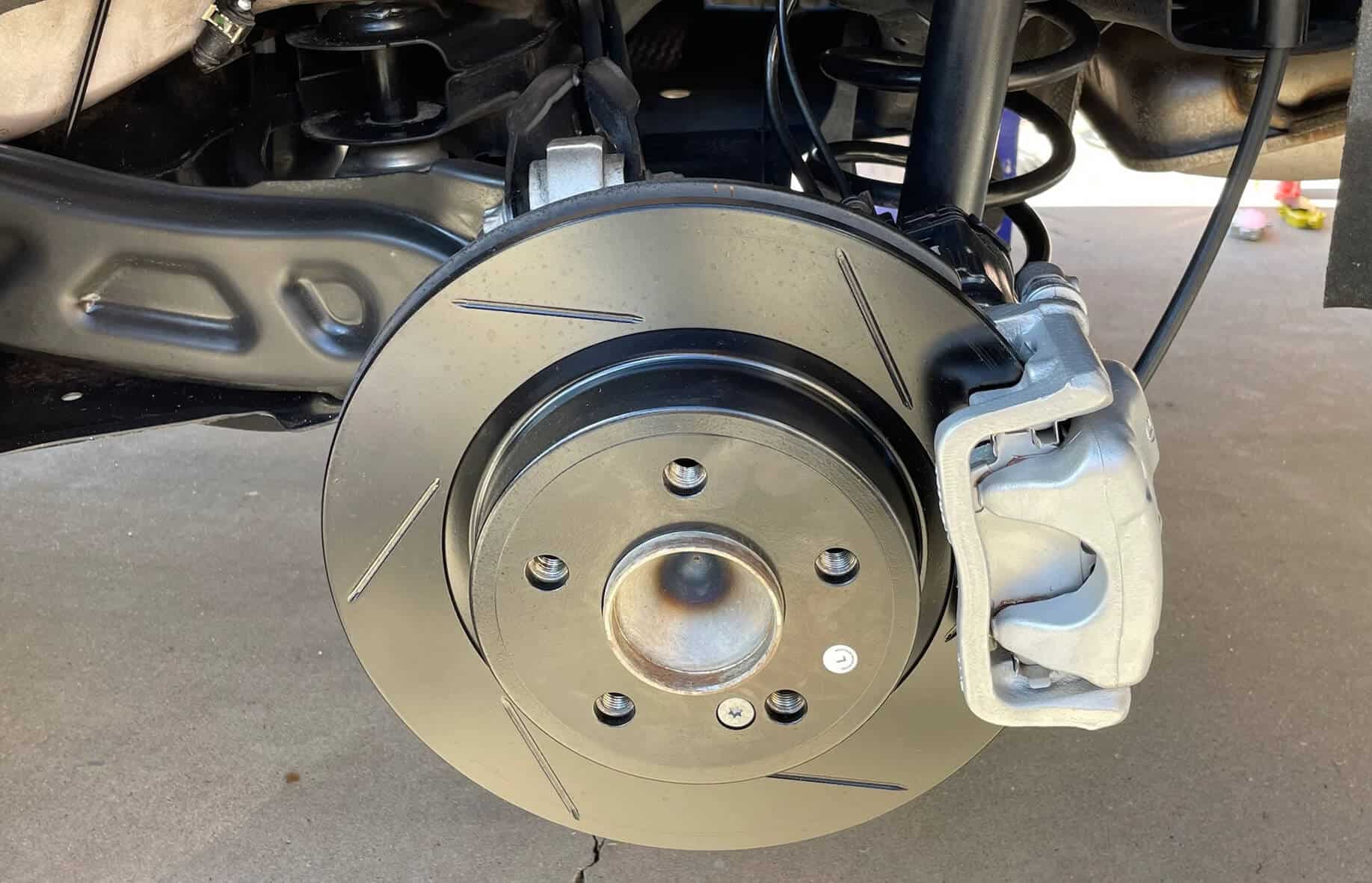

0 thoughts on “How Long Should A Printer Last”